Tag
#Stanford-University
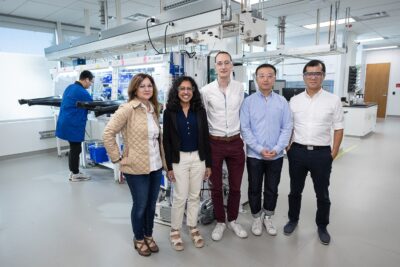
Stanford study predicts 40% longer EV battery life
11.12.2024
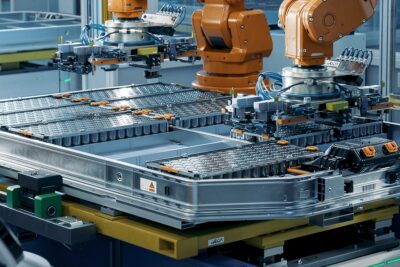
US researchers find trick to extend battery life
23.09.2024

US startup Bedrock enters market for sodium-ion batteries
17.05.2024
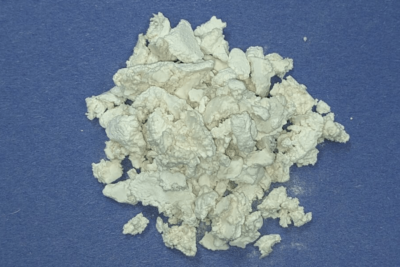
US DoE invests in lithium sourcing technology
07.08.2023
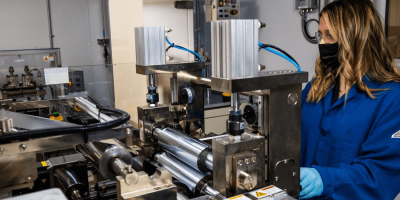
Battery500 consortium goes into second phase of research
14.12.2021
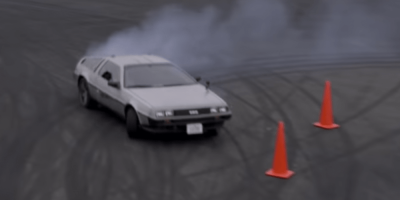
Drift to the future
02.01.2020
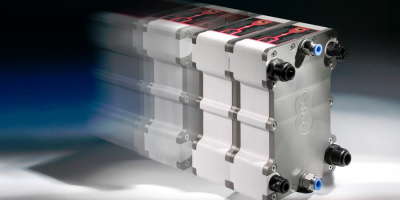
VW testing procedures for cheaper fuel cell production
27.09.2018
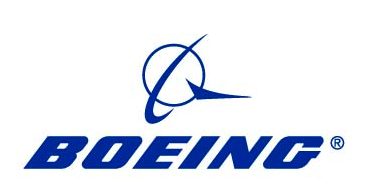
Boeing invests in aerospace battery startup Cuberg
30.01.2018
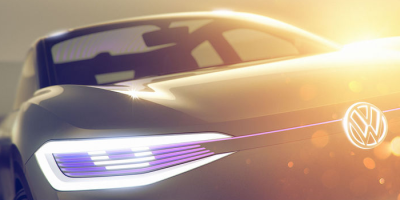
Autonomous fleets: VW teams up with Aurora
05.01.2018

DriveNow Clients.
12.10.2017

Stanford University, Electric GT, Acciona, Lion E-Mobility.
17.01.2017

Apple, nuTonomy, Toyota, Stanford University.
30.03.2016

EMBATT, BMW, Stanford University.
14.01.2016

The future is electric.
22.10.2015

Stanford University, ORNL, Solarbike, Virginia Institute of Technology.
08.04.2015

New Flyer, Stanford University, Honda, Electric plane.
15.10.2014

Nissan, PowerHydrant, Stanford University, University of Glasgow.
16.09.2014

Last commented